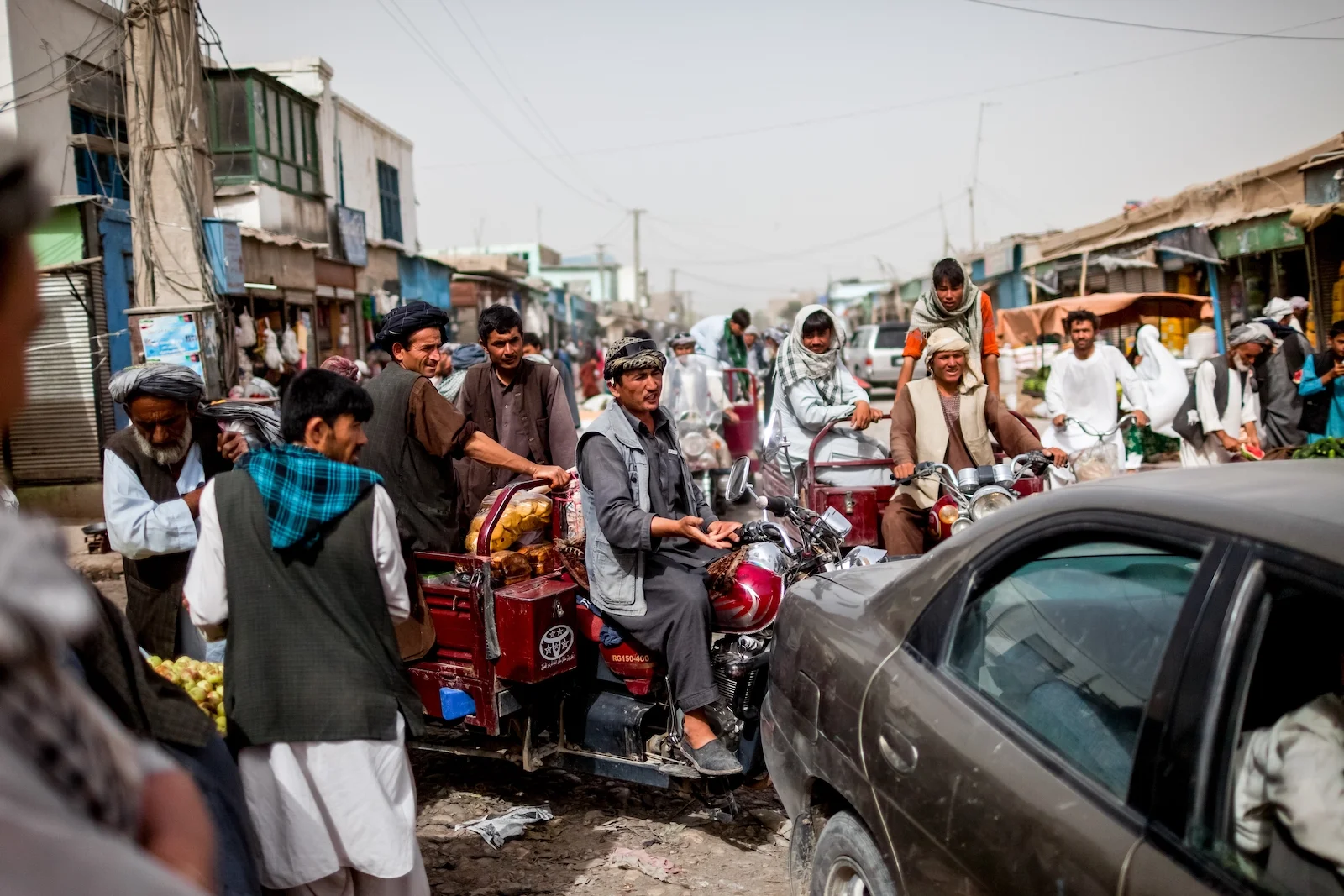
Pakistan’s Foreign Policy Frankenstein
In the shadow of the Soviet invasion of Afghanistan, Pakistan sought to transform Afghanistan into a strategic asset—a pliable neighbor that could counterbalance Iranian and Indian influence. Toward that end, Pakistan’s intelligence services backed the rise of the Taliban, offering training, weapons, and sanctuary. Even as Pakistan became a key U.S. ally in the so-called War on Terror, Islamabad’s support for the Afghan Taliban never truly wavered.
Today, however, the relationship between Islamabad and the Taliban is fraying. Afghanistan’s new rulers, forged in decades of conflict, are increasingly asserting their independence—and in some cases, actively undermining Pakistan’s interests. With its economy in crisis and extremism spilling over its borders, Pakistan can ill afford yet another adversary. But that’s precisely what it may be facing in its once-compliant protégés in Kabul.
The Roots of a Troubled Partnership
Pakistan’s entanglement in Afghanistan dates back to the 1980s, when it joined the U.S., Saudi Arabia, and China in bankrolling the anti-Soviet mujahideen. Mullah Mohammad Omar, who would go on to found the Taliban, was among the many fighters cultivated and supported by Pakistan’s Inter-Services Intelligence agency, or ISI.
When the Taliban seized power in 1996, Pakistan was one of only three countries to officially recognize the new government. The ISI not only maintained close ties with Taliban leaders but also served as a conduit for military and logistical support—despite international condemnation. That support indirectly facilitated al-Qaeda’s foothold in Afghanistan, a development that would eventually bring catastrophe to both countries.
After 9/11, Taliban and al-Qaeda leaders fled to Pakistan’s tribal regions, where they were given sanctuary, including the now-infamous Quetta Shura. In 2011, Osama bin Laden was killed by U.S. Navy SEALs in a compound just miles from Pakistan’s premier military academy in Abbottabad—a moment that shattered any illusions about Pakistan’s ambiguous loyalties.
Nevertheless, Pakistan maintained its strategic tightrope. It accepted billions in U.S. military aid and participated in counterinsurgency operations, all while continuing to nurture ties with the Afghan Taliban. As U.S. and NATO troops prepared to leave Afghanistan, Pakistan doubled down on its old bet. It facilitated the Taliban’s resurgence, welcomed the release of senior Taliban leaders, and celebrated the group’s return to power in 2021.
The Mirage of Control
In the aftermath of the Taliban’s takeover, Islamabad assumed it would once again enjoy privileged influence in Kabul. But the new Islamic Emirate proved far less malleable than its predecessor. This Taliban had survived 20 years of war against the world’s most powerful military alliance. It was no longer a mere proxy—it was now a ruling regime with its own strategic vision.
Meanwhile, the Tehrik-i-Taliban Pakistan (TTP), an offshoot of the Afghan Taliban, began to reassert itself inside Pakistan. Long a thorn in Islamabad’s side, the TTP had waged brutal insurgencies in Pakistan’s tribal areas. Now, it found safe haven across the border, under the protection—or at least the tolerance—of the Afghan Taliban.
Pakistan’s military responded with targeted airstrikes on TTP positions in Afghanistan. The Taliban fired back with artillery, claiming civilian casualties. Each exchange deepened the rift. Attempts to pressure Kabul through trade restrictions and crackdowns on Afghan refugees yielded little more than diplomatic rancor.
At the same time, Islamabad’s rivals were making inroads. India, once aligned with the anti-Taliban Northern Alliance, began discreet outreach to the new Afghan regime. China, too, stepped in with economic and diplomatic overtures. Isolated and weakened, Pakistan had little choice but to seek détente.
Blowback, Revisited
The unraveling of Pakistan-Taliban ties can be traced to a long-standing internal contradiction. Islamabad has always drawn a distinction between the “good” Taliban—the Afghan variety it helped to empower—and the “bad” Taliban, namely the TTP, which focuses its attacks inside Pakistan. But for the Afghan Taliban, the TTP is not a renegade force; it is an ideological sibling. The TTP routinely pledges allegiance to the Taliban’s supreme leader, or emir, and Kabul has shown little appetite for cracking down on its Pakistani cousins.
This is blowback in its purest form. The same asymmetric tactics Pakistan once exported to Afghanistan have now come home to roost. The country’s attempts to control Afghanistan through a pliant militant proxy have backfired. The Taliban, far from being subordinate, now acts autonomously—and not always in ways that serve Pakistan’s interests.
Adding insult to injury, the chief beneficiary of this geopolitical fallout may be China. As both Pakistan and Taliban-ruled Afghanistan find themselves increasingly isolated from the West, they have come to rely more heavily on Beijing. China has stepped into the vacuum with investments, infrastructure deals, and diplomatic support, further entrenching its role as the region’s indispensable power.
Pakistan, once the master of the Taliban’s leash, now finds itself chasing a runaway dog. The gamble that Islamic militancy could serve as a tool of regional influence has collapsed under its own contradictions. Faced with domestic turmoil, border insecurity, and a resurgent TTP, Islamabad must now confront the hard truth: the Afghan Taliban is no longer a client—it’s a neighbor, and not always a friendly one.
Decades of meddling in Afghanistan have left Pakistan with little to show beyond scorched bridges and spiraling instability. The proxies have become principals. The tools of influence have become threats. And the price of blowback, once theoretical, is now all too real.
